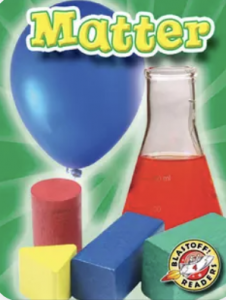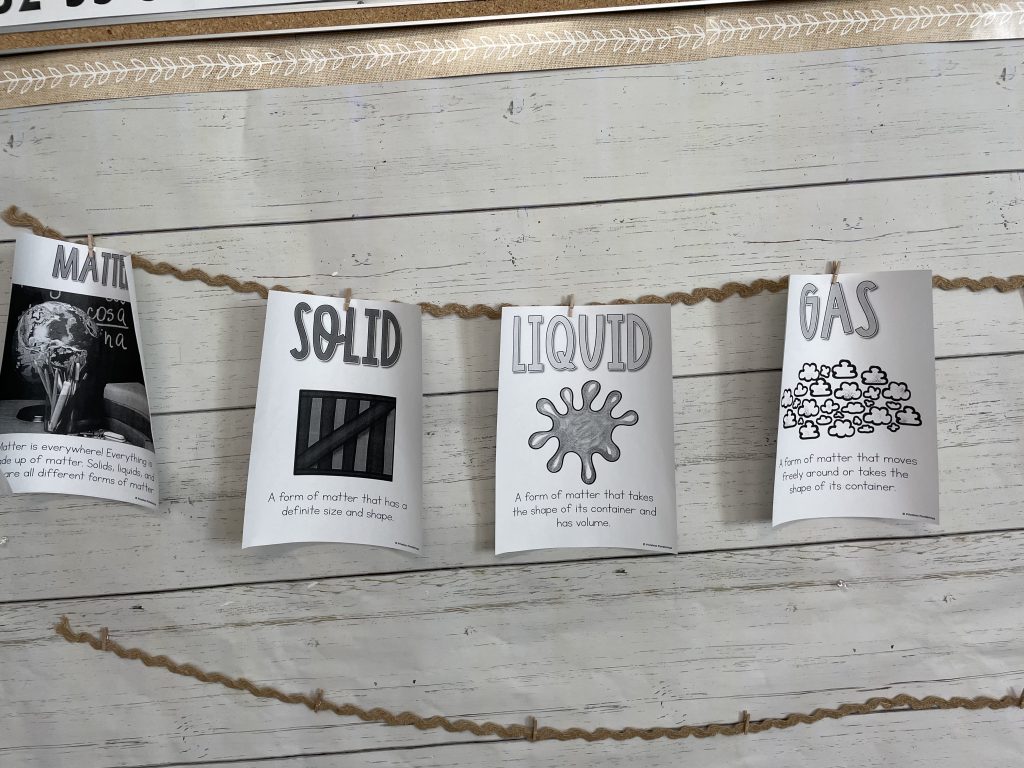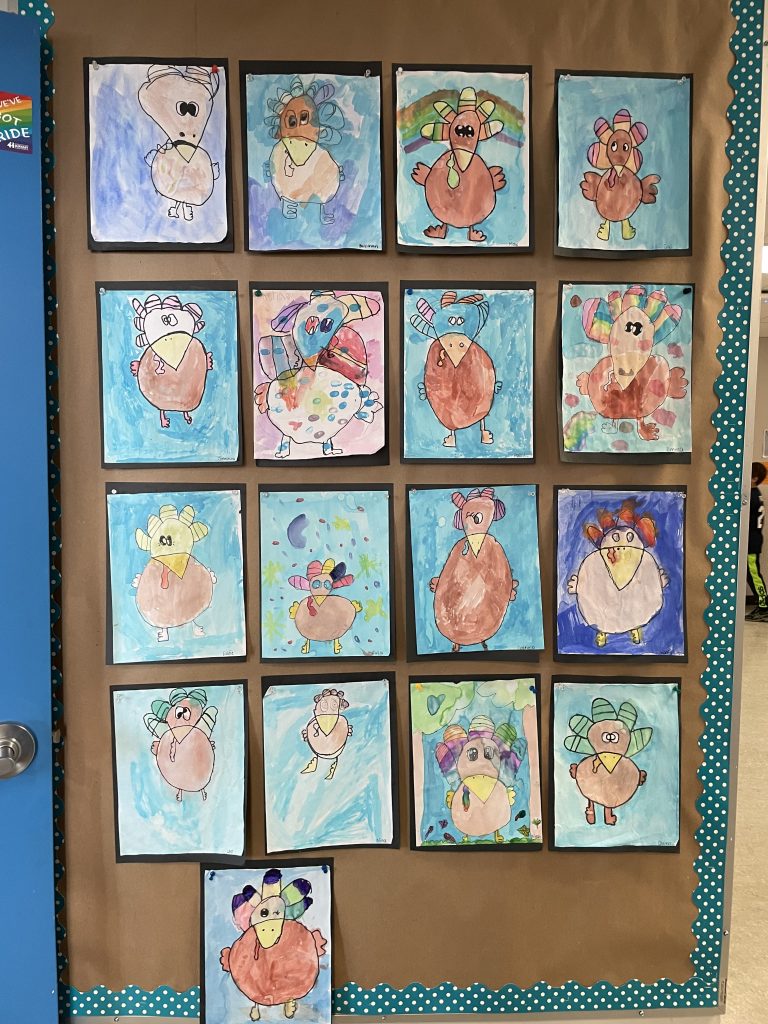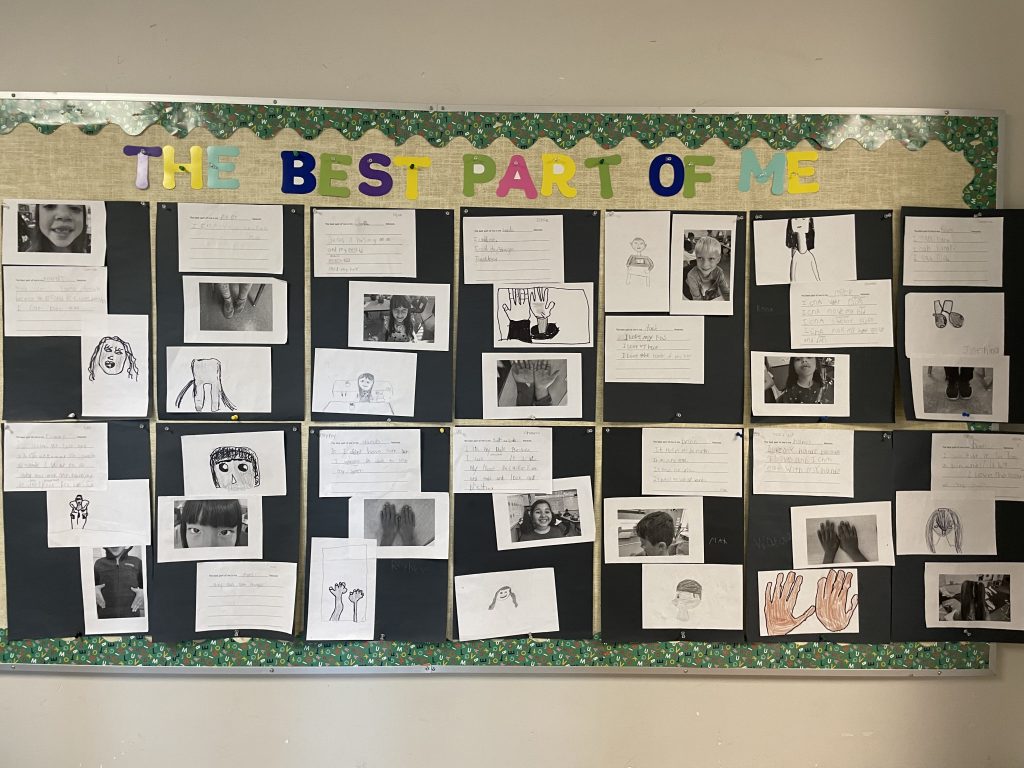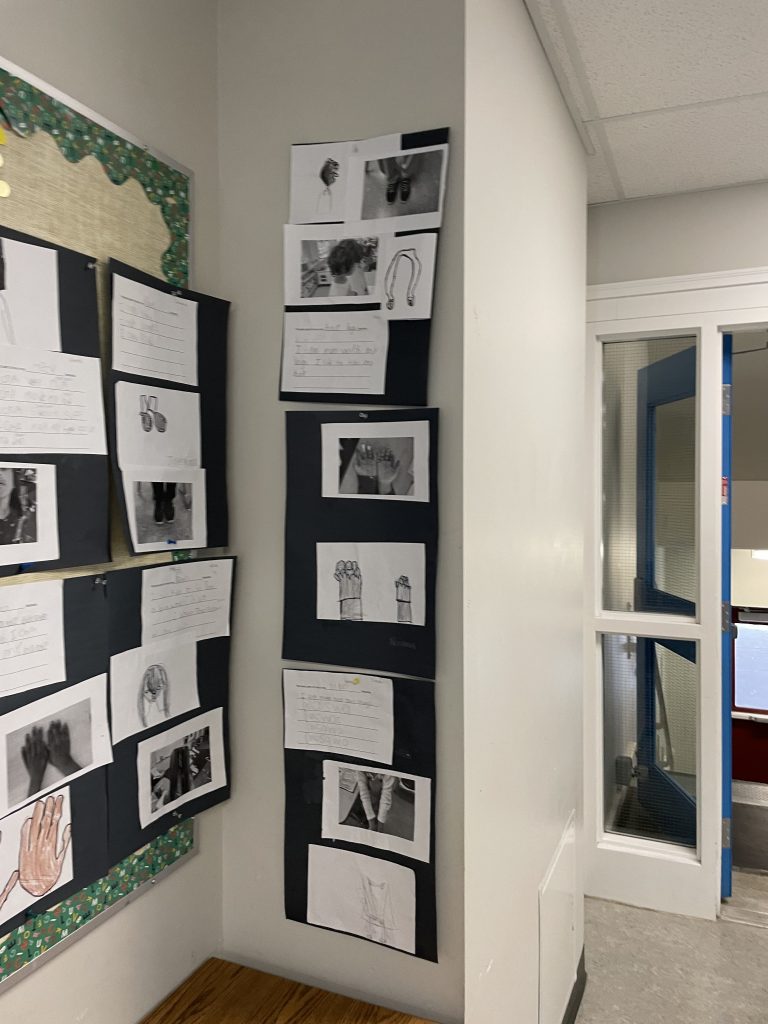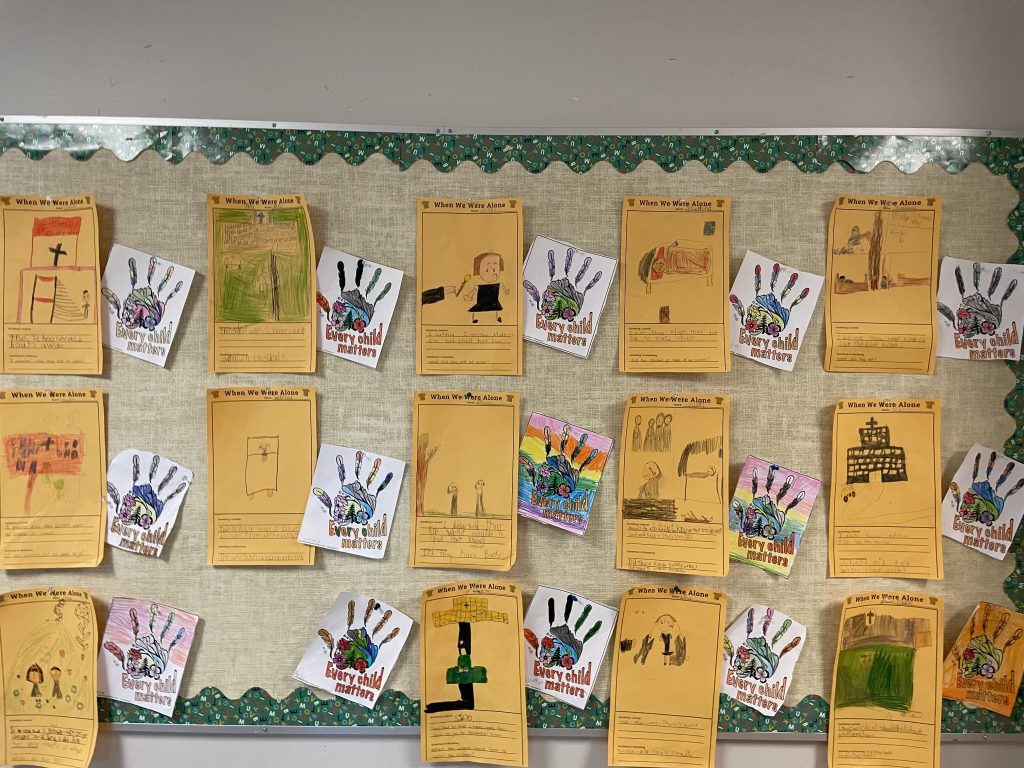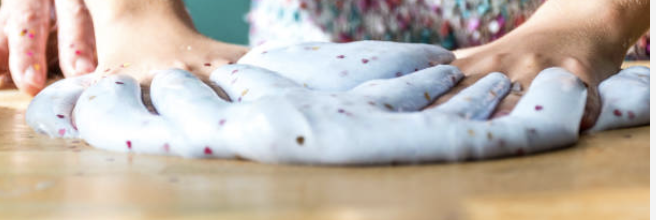
In Science, we conducted our first slime experiment. We used the Scientific Methods to conduct the experiment. On Monday, we made slime to demonstrate chemical changes. We tried first using cold water and second using hot water. The slime turned out better using hot water!
Question: Will this slime be sticky or stretchy? Will we be able to separate the ingredients once mixed?
Hypothesis: When we mix the ingredients this will create slime and will show chemical changes, our slime will now be solid.
Big Idea: Materials can be changed through physical and chemical processes.
First Peoples Principles of Learning: Learning takes patience and time.
Curriculum Competencies:
- Observe objects and events in familiar contexts
- Ask questions about familiar objects and events
- Make simple predictions about familiar objects and events
- Make and record observations
- Sort and classify data and information using drawings, pictographs and provided tables
- Compare observations with predictions through discussion
Content:
- chemical ways of changing materials
Core Competency: Critical Thinking and Reflective Thinking
- I can ask questions and consider options. I can use my observations, experience, and imagination to draw conclusions and make judgments.
